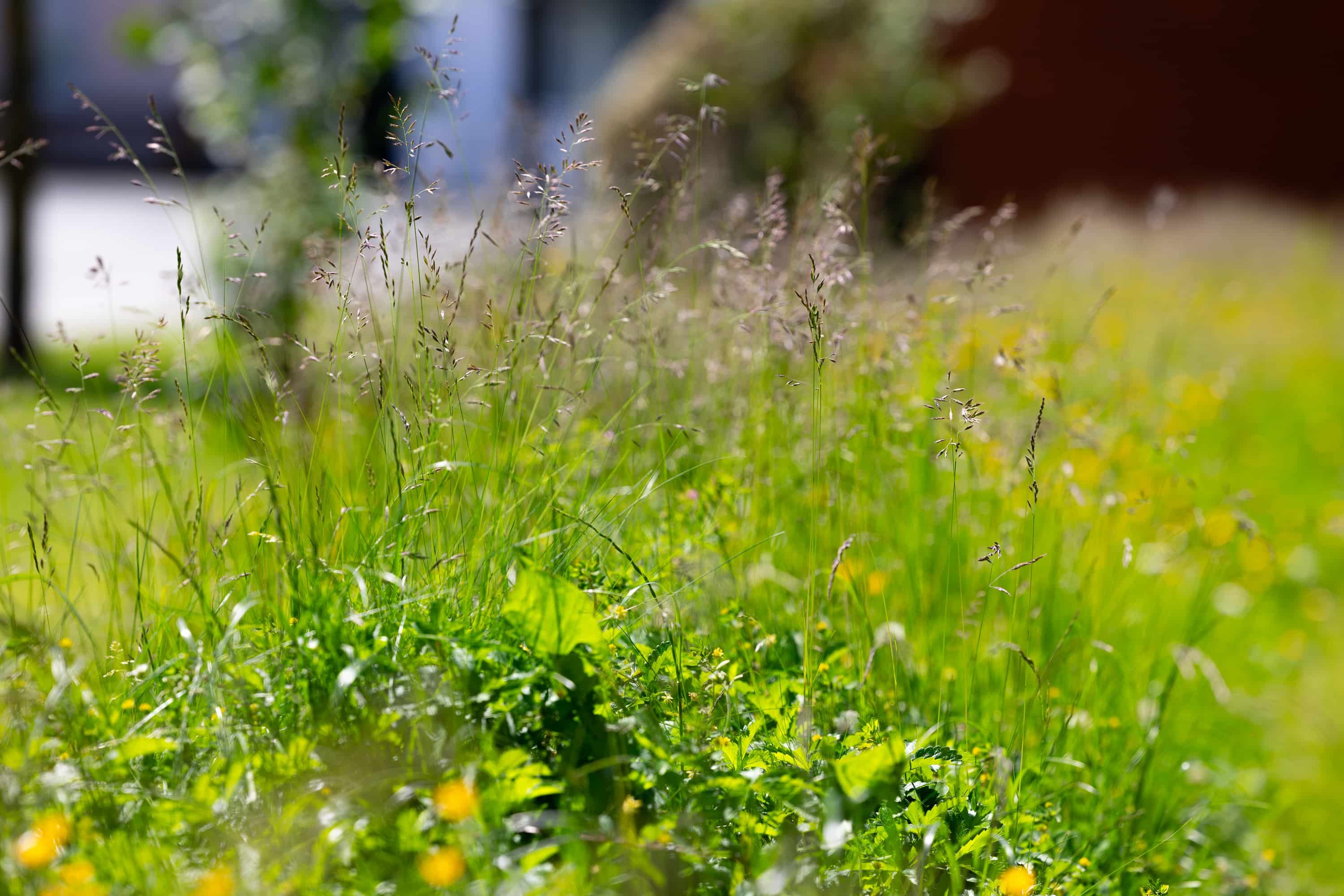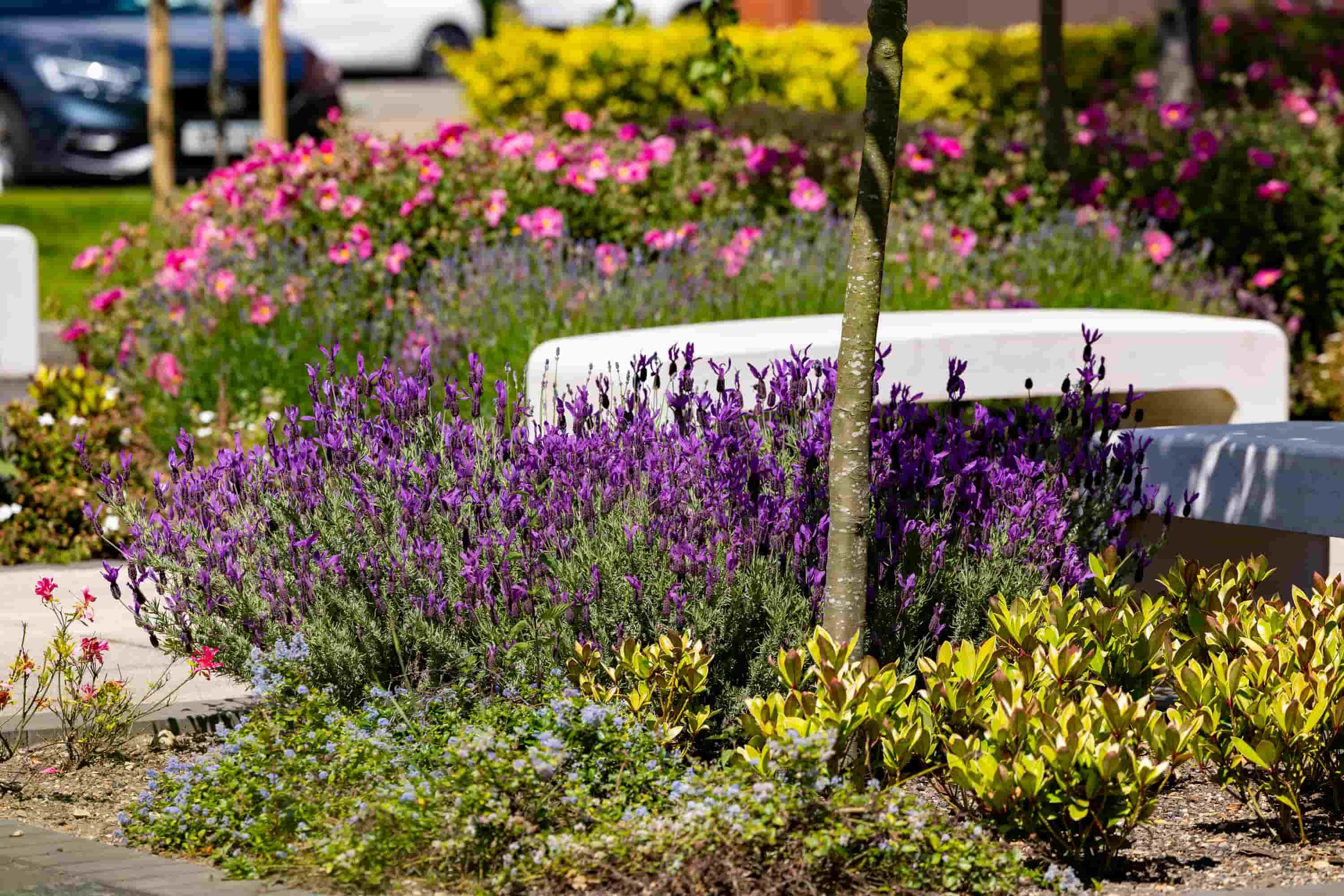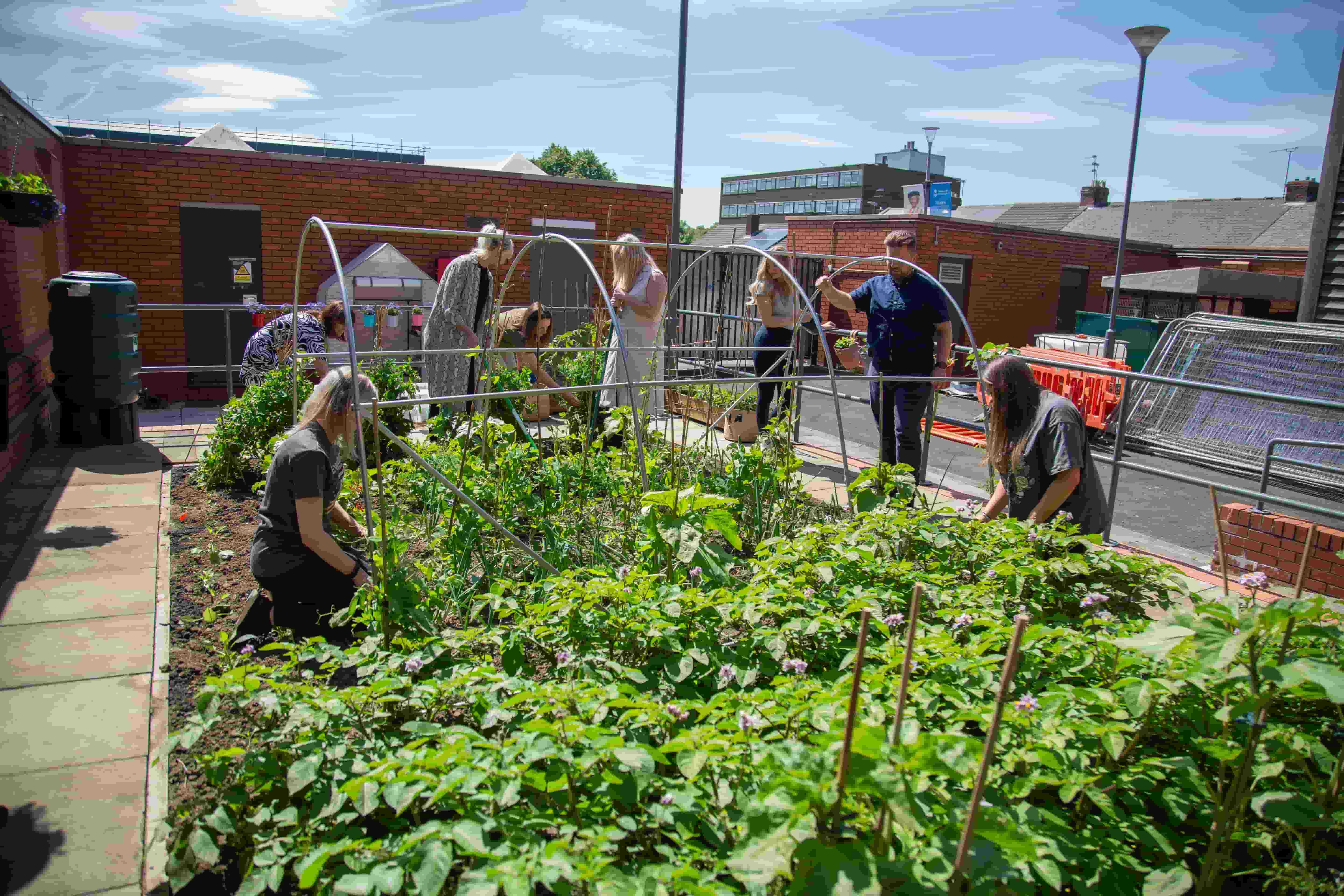Nature
We aim to create outdoor spaces that are healthy, welcoming spaces for people and nature. These spaces will provide opportunities to rest, work and play in environments that support mental and physical wellbeing.
Close
We aim to create outdoor spaces that are healthy, welcoming spaces for people and nature. These spaces will provide opportunities to rest, work and play in environments that support mental and physical wellbeing.
We want to increase the biodiversity on campus while working with local partners to ensure our green spaces are well connected to other green spaces across the City of Sunderland to maximise their impact.
We are also committed to increasing the opportunities for staff and students to volunteer on projects which improve our green spaces – look out for opportunities through the Students' Union and Sharepoint.
Find out more information in our Biodiversity Strategy 2024-2030.

We regularly leave some areas of the campus unmown to encourage growth which creates habitats for pollinators. You can see these areas at the rear of Murray Health and Technology Park at City Campus, and stretches of the Riverside at St. Peter’s campus.
Where the grass is cut frequently, we are able to leave most of the cuttings on site, as they benefit nature by returning valuable nitrogen and trace nutrients back to the soil and help to loosen hard soils. This makes oxygen and nutrients available to grassroots and helping to retain moisture. Any green waste generated is locally recycled and brought back to the University grounds for use as compost.

We are planting wildflower meadows to provide shelter and food for important pollinators such as beetles, bees and butterflies, many of which are in decline. They also help counteract the ‘urban heat island’ effect by which cities heat up more than rural areas during hot summers wildflower grasslands are also beneficial for our wellbeing! Looking at wildflower meadows can reduce heart rate and make you feel happier.
We have sown two wildflower areas on our City Campus and once they have become established we will expect to see an array of different flowers.

The University actively plants native species, including Hawthorn, Mahonia and Holly; hardy plants that are non-invasive and chosen specifically to provide shelter and food for wildlife and support pollinators. Where possible, single flowered species are planted as they provide more nectar and pollen than double flowers.
No insecticide is used on any of the University landscaped areas as this would kill all beneficial insects. Herbicides are minimally used to control perennial weeds in shrub beds. Recycled mulch products are used to suppress weed growth and retain moisture.